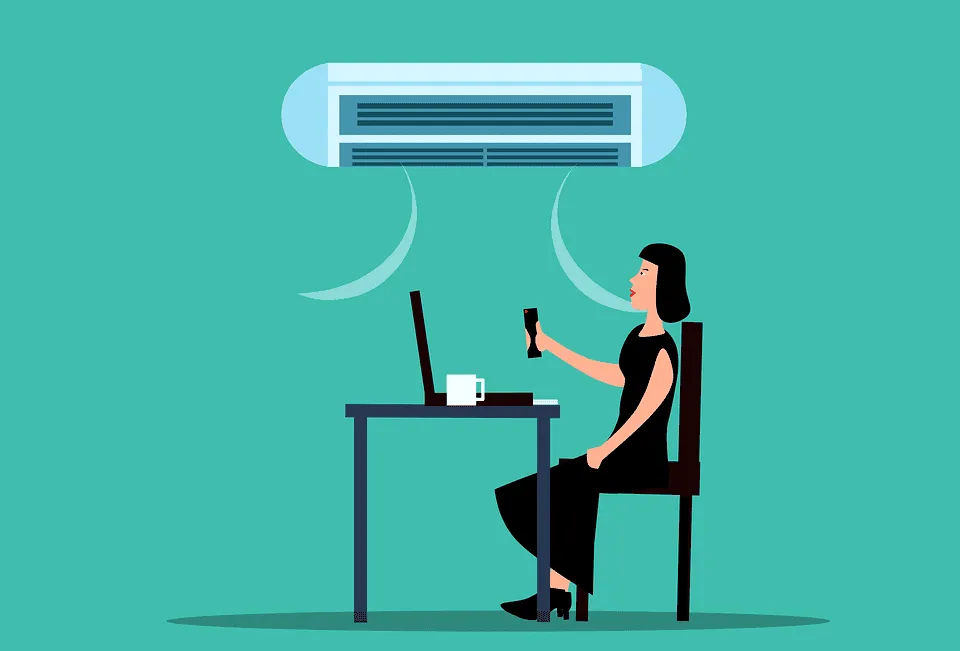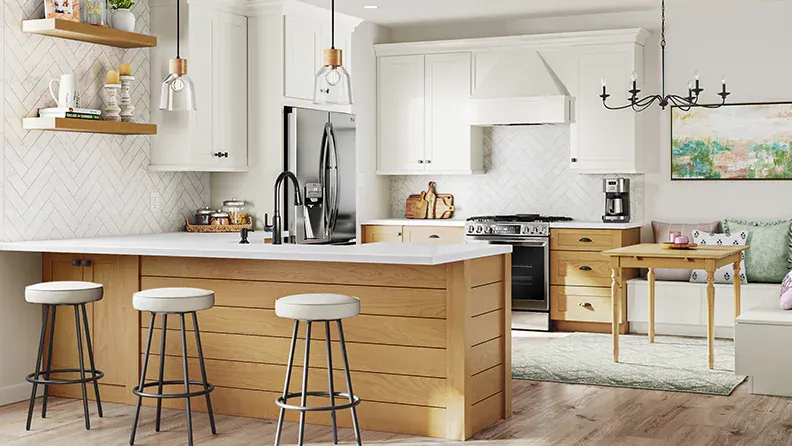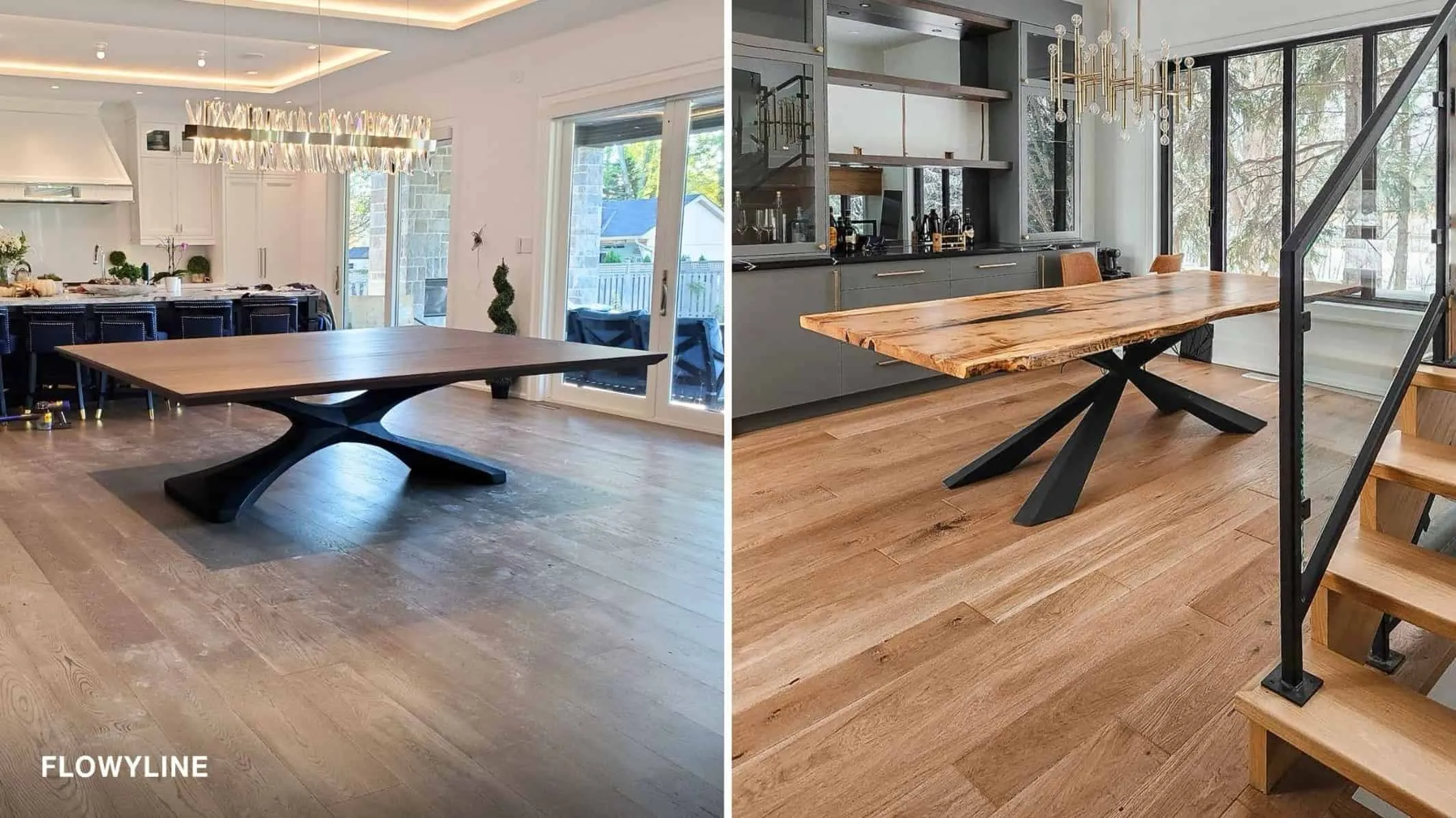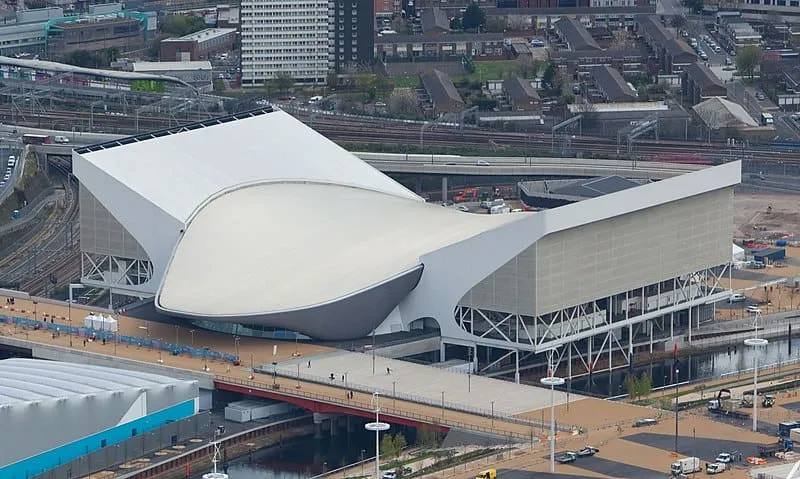There can be your advertisement
300x150
5 Ways to Improve Indoor Air Quality and Reduce Air Pollution
No one enjoys breathing polluted air, especially inside our homes. Unfortunately, indoor air quality is gradually deteriorating in many parts of the world due to various environmental factors and human activities such as construction and industrial pollution. The good news is that you can take several simple steps to reduce the level of pollutants indoors and improve overall air quality in your home.

1. Get an Air Purifier
Air purifiers are among the most effective ways to reduce pollutants and improve indoor air quality. These devices capture particles such as dust, pollen, smoke, and other allergens so they don't circulate throughout the house. Investing in a good air purifier for each room of your home is a simple way to significantly reduce indoor air pollution levels.
When purchasing a new air purifier, look for models with HEPA filters that can trap airborne particles. You can read reviews of the best air purifiers to learn about their coverage and which sizes they're suitable for. You want to choose from the top air purifiers on the market.
2. Regular Cleaning
Regular cleaning can do a lot to improve indoor air quality and reduce the amount of pollutants in your home. Keep floors, furniture, and other surfaces as clean as possible by vacuuming and dusting regularly. Also, clean air ducts and other areas where dust and debris accumulate. If you have carpets, it's important to professionally clean them once a year to remove trapped particles. As for the air itself, investing in an humidifier or dehumidifier can help reduce humidity levels and prevent mold growth.
3. Home Ventilation
Open windows and doors when possible to allow fresh outside air to circulate throughout the house. If you live in a particularly polluted area, seal gaps or cracks around window and door frames to prevent contaminated outside air from entering your home.
Investing in a mechanical ventilation system can also be helpful, as these devices are designed to bring fresh clean air into the home while exhausting old polluted air from inside. Many of them have filters that trap particles before they enter your home.
4. Avoid Chemical Products
Many household products are made from harsh chemicals that can contribute to indoor air pollution. Try to use natural or organic cleaning and household products containing harmful toxins or volatile organic compounds (VOCs) when possible. Finally, make sure to store any aerosol cans, solvents, paints, and other hazardous materials in a well-ventilated area away from living spaces. These products can cause serious health issues when inhaled, so it's best to keep them as far from your home as possible.
5. Regular HVAC Maintenance
Your heating and cooling system is one of the most important components ensuring clean and healthy air in your home. Make sure it's regularly inspected and cleaned by professionals to prevent the circulation of pollutants throughout your house.
It's also important to regularly replace or clean filters, as dirty filters can lead to the accumulation of dust, pollen, and other allergens in the air. A programmable thermostat can also help you maximize energy efficiency and reduce the amount of pollutants released into the air.
Good air quality is essential for your health, comfort, and well-being. These tips will help you reduce indoor air pollution in your home and provide clean, healthy air to breathe. You can significantly improve indoor air quality and reduce air pollution with just a few simple changes.
Can you use a stronger keyword phrase for the link, such as "air purifier reviews" instead of just "product review"? Also, another strong search term is "best air purifiers" or "top air purifier reviews".
More articles:
 5 Key Elements of Retail Store Interior Design
5 Key Elements of Retail Store Interior Design 5 Elements of Plaid Pattern You Can Use in Stylish Interior Design
5 Elements of Plaid Pattern You Can Use in Stylish Interior Design 5 Tips for Lawn Care for Busy Homeowners
5 Tips for Lawn Care for Busy Homeowners 5 Additional Specialties to Study Alongside Architecture
5 Additional Specialties to Study Alongside Architecture 5 Mistakes to Avoid When Renovating Your Home
5 Mistakes to Avoid When Renovating Your Home 5 Modern Table Legs and Bases from Flowyline Design That Captivate in 2024
5 Modern Table Legs and Bases from Flowyline Design That Captivate in 2024 5 Modern Stadium Designs That Go Beyond Sports
5 Modern Stadium Designs That Go Beyond Sports 5 Essential Bobbleheads as Home and Automotive Decorative Accessories
5 Essential Bobbleheads as Home and Automotive Decorative Accessories